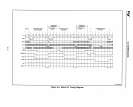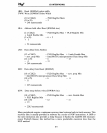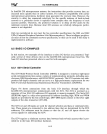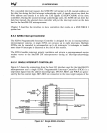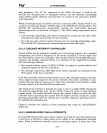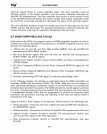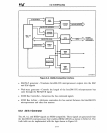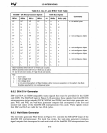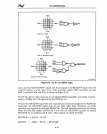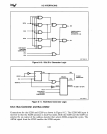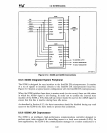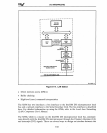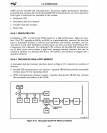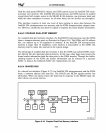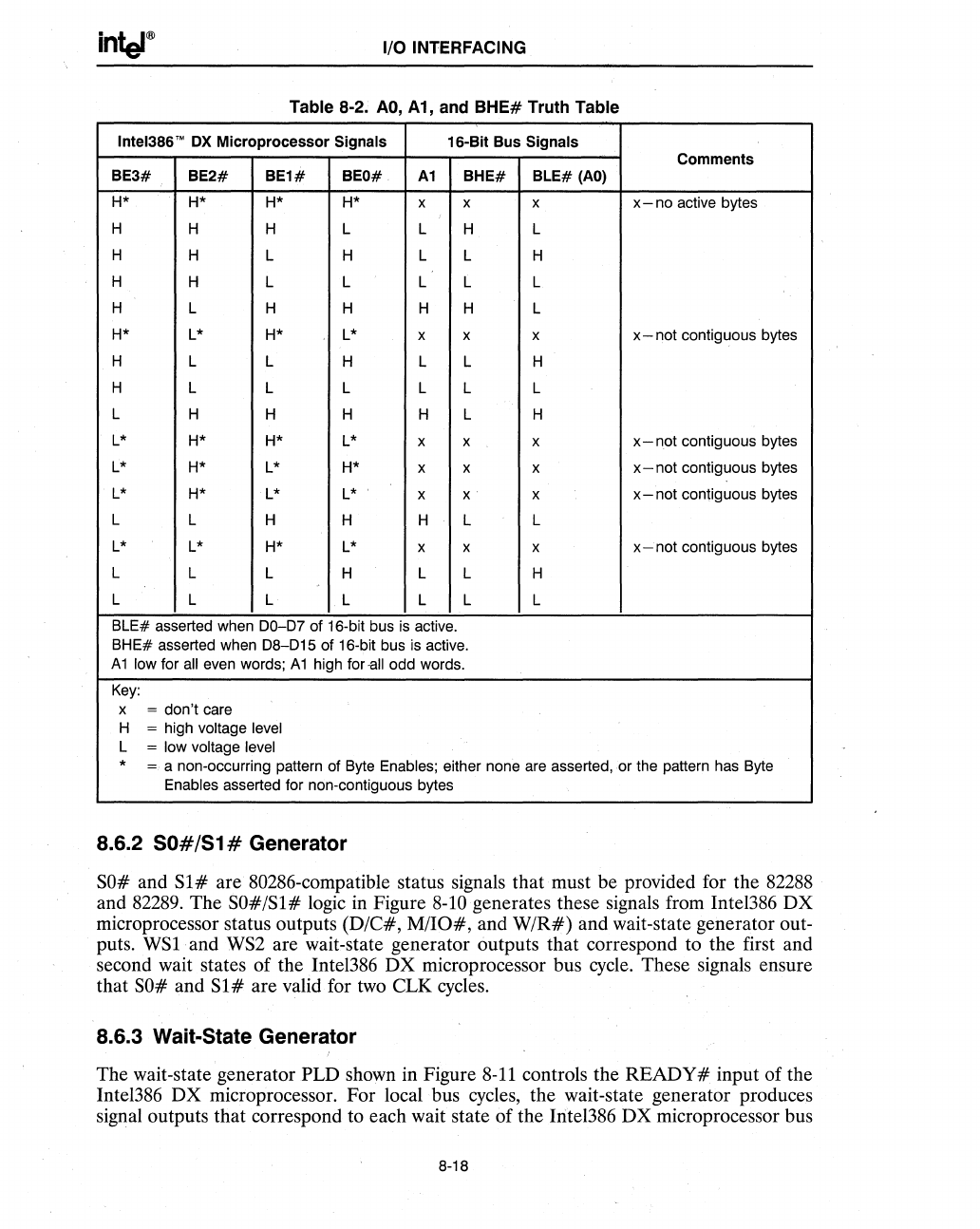
I/O INTERFACING
Table
8-2.
AD,
A1, and
BHE#
Truth Table
Inte1386'M
OX
Microprocessor Signals
16-Bit Bus Signals
Comments
BE3#
BE2#
BE1#
BEO#
A1
BHE#
BLE#
(AO)
H*
H* H* H*
x x x x - no active bytes
H H H L L
H
L
H
H L H L L H
H
H L L L L L
H L H
H H H L
H* L*
H* L*
x x x
x-
not contiguous bytes
H
L L H L L H
H L L L
L L L
L H
H H H L H
L*
H* H*
L*
x x x
x-not
contiguous bytes
L*
H* L* H*
x x x
x-not
contiguous bytes
L* H* L* L* x x x
x-not
contiguous bytes
L
L H H H L L
L*
L* H* L* x
x x x - not contiguous bytes
L L L
H L L H
L L L
L L L L
BLE# asserted when
00-07
of 16-bit bus
is
active.
BHE# asserted when
08-015
of 16-bit bus
is
active.
A 1
low for
all
even words; A 1 high for all odd words.
Key:
x
= don't care
H = high voltage level
L = low voltage level
*
= a non-occurring pattern of
Byte
Enables; either none
are
asserted, or the pattern
has
Byte
Enables asserted for non-contiguous bytes
8.6.2
SO#/S1
# Generator
SO#
and
Sl#
are
80286-compatible status signals that must be provided for the
82288
and
82289.
The
SO#/Sl#
logic
in
Figure
8-10
generates these signals from Inte1386 DX
microprocessor status outputs (D/C#,
M/IO#,
and
W/R#)
and wait-state generator out-
puts. WSl and
WS2
are wait-state generator outputs that correspond to the first and
second wait states of the Intel386
DX
microprocessor bus cycle. These signals ensure
that
SO#
and
Sl#
are valid for
two
CLK cycles.
8.6.3 Wait-State Generator
The wait-state generator PLD shown in Figure
8-11
controls the
READY#
input of the
Inte1386
DX microprocessor. For local bus cycles, the wait-state generator produces
signal outputs that correspond to each wait state of the Intel386 DX microprocessor bus
8-18



